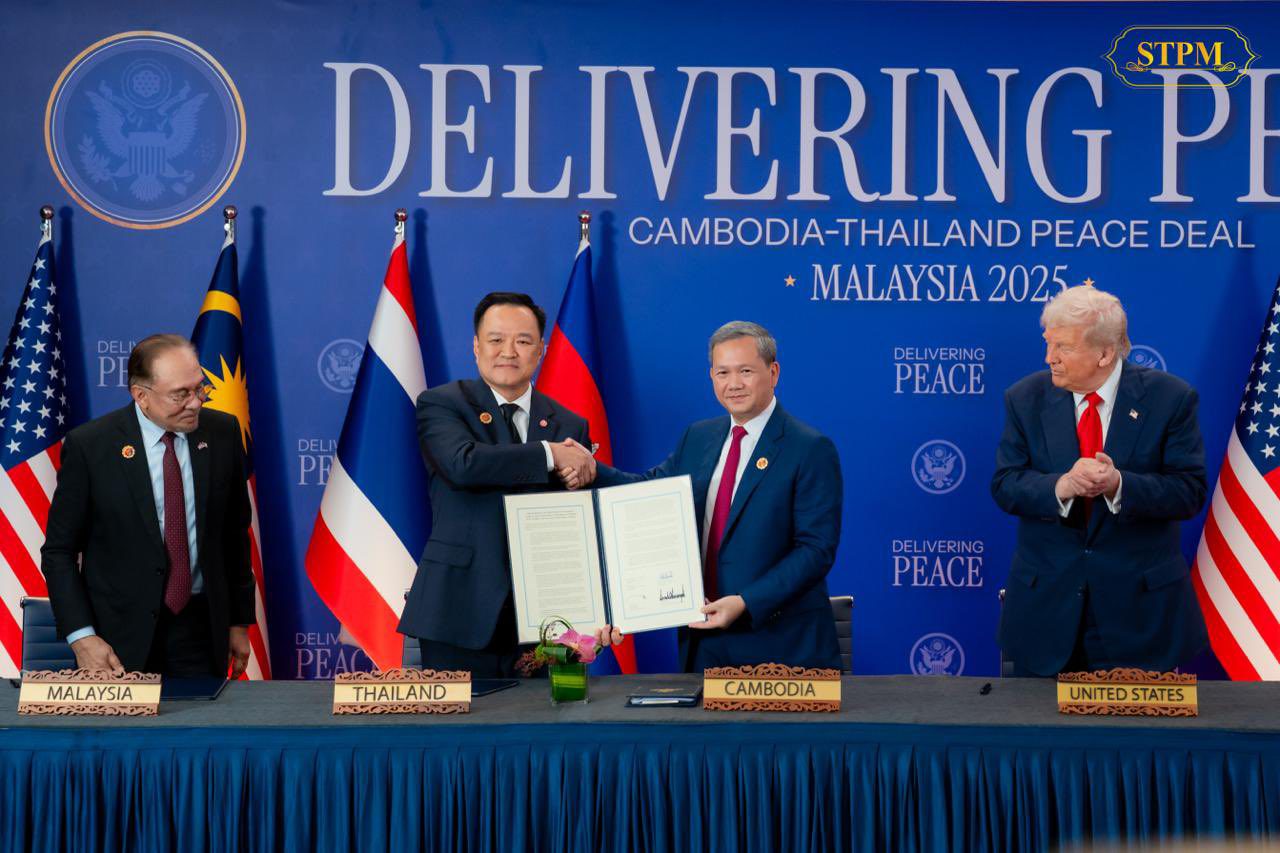
Cambodia and Thailand Sign Peace Deal As Businesses Express Cautious Optimism

Insights & News


Trump Embraces Japan and Korea AI Tech Stacks and Investment Commitments on His Asia Swing
BGA Technology Senior Director William Heidlage and Managing Director for Global Trade and Economics Nydia …

Trump and Xi Meeting Yields Updated US-China Framework Deal
BGA China Adviser Eric Wang and Account Manager Sam Overholt wrote an update to clients …

ASEAN’s Economic Agenda Presses Ahead With Deeper Integration in a Fragmenting Global Economy
BGA Managing Director for Global Trade and Economics Nydia Ngiow and Head of Research Murray …
At BowerGroupAsia, we are committed to
delivering result-oriented solutions for our clients
We have proven track record of helping the world’s top companies seize opportunities and manage challenges across the dynamic Indo-Pacific region.
















